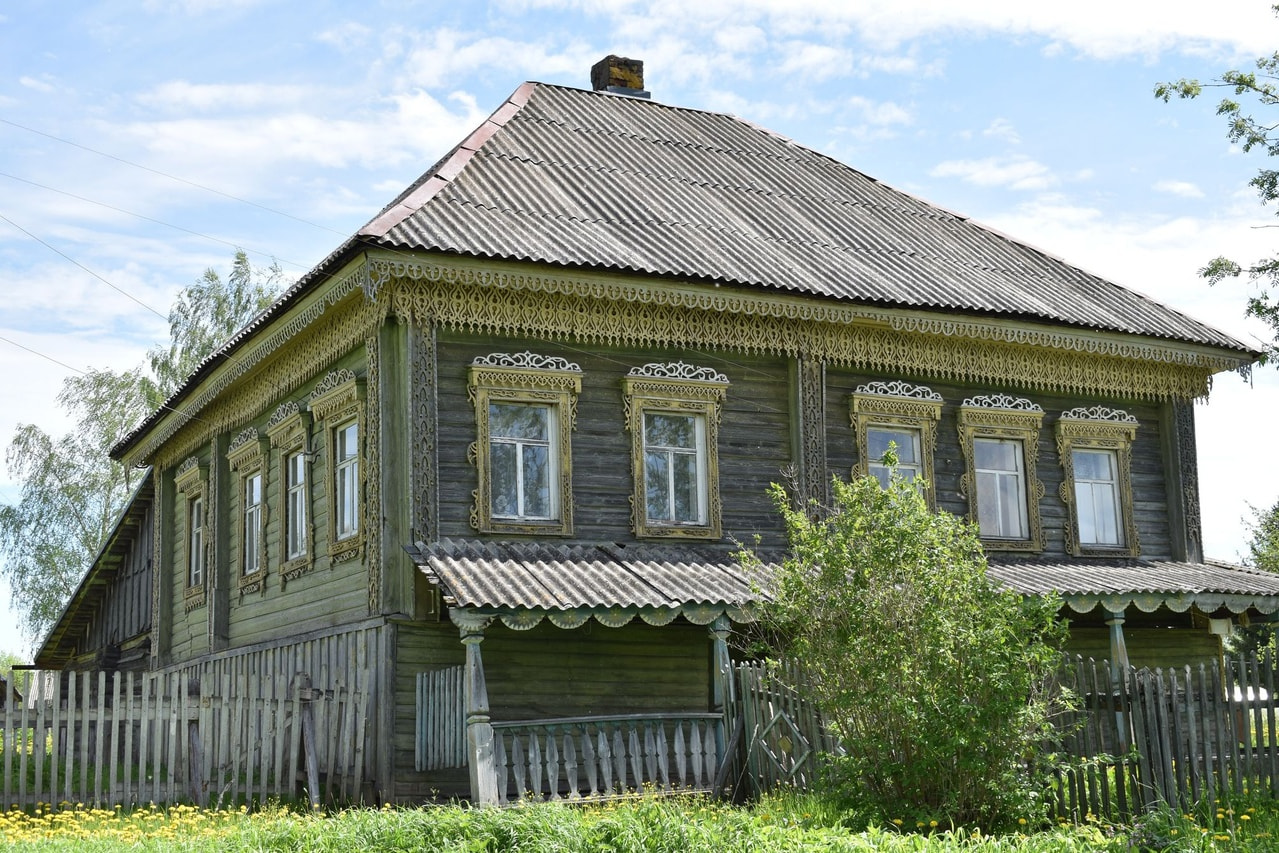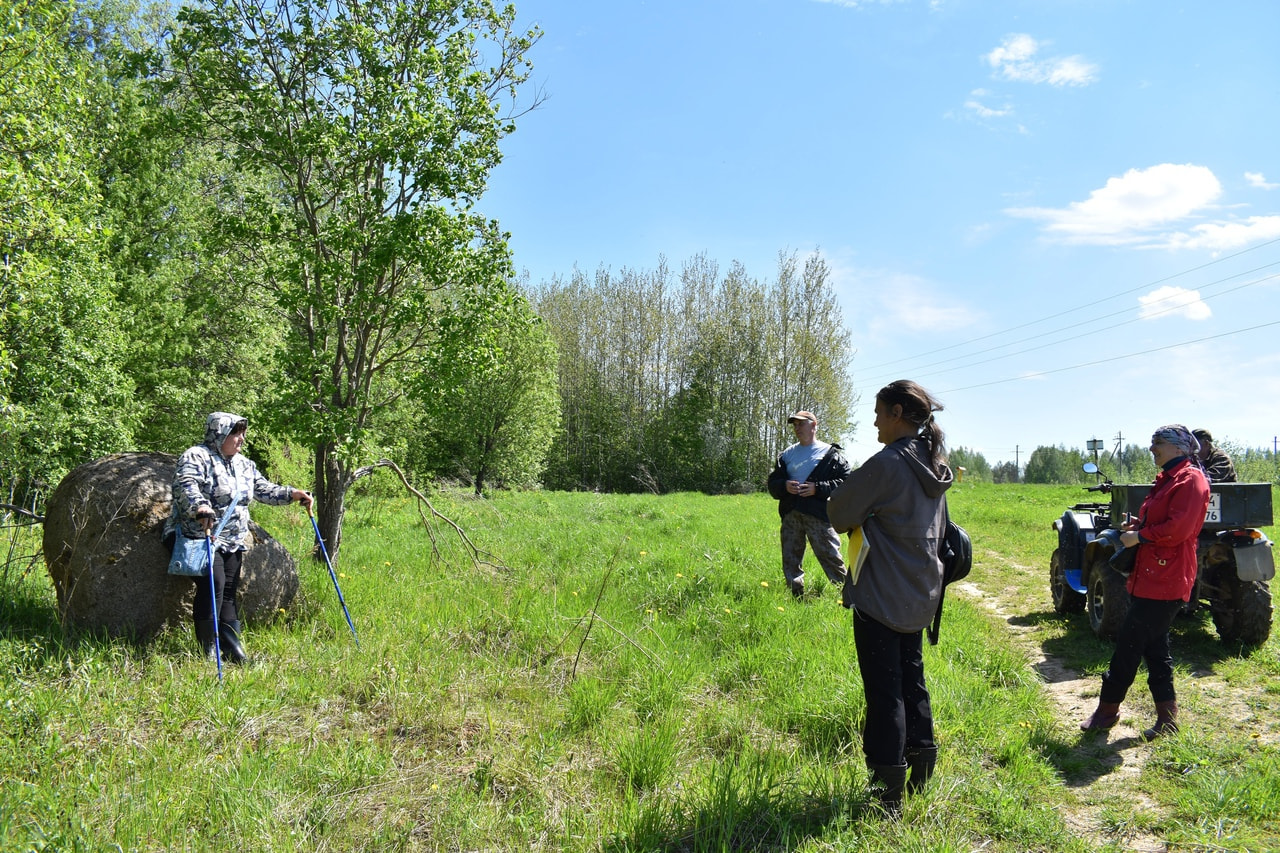The Sitka globe
The valley of the Sit River is a unique natural and historical place in central Russia.
This is not only a specially protected natural area, but also a region filled with legends and legends about the distant bloody battle of 1238, about the mysterious people – the Sitskars – and their amazing skills.
waypoints
1. The village of Pravdino. The Museum of the Sith Way of Life

According to the seasoning books of Dmitry Belsky's letters and measures, the village of Pravdino was mentioned as early as 1596-1597. According to archival documents, in 1820, there were 199 houses in the nearby eight villages that make up the parish of the temple and 1,198 people lived in them. In the middle of a large clearing, surrounded by a century-old mighty spruce forest, there is a wooden hut with a four-pitched roof, built in 1910 according to the project of the provincial architect Nikolai Lermontov. For about 100 years there was a rural zemstvo school in this hut.
Now there is a museum with the short name "Sit".
The museum has six expositions decorated with great love: "Sitsky crafts", "Soviet times", "Sitsky flax", "Courtyard", "Hut", "Fashionistas",
The main, unique exposition is "Sitsky Flax", which presents in sequence all stages of flax production together with ancient processing machines, starting from the cultivation of this crop and ending with magnificent products made of natural priceless material.
The route starts on the banks of the Sit River on the slope behind the museum, there is a cable ferry to the left bank.
2. The village of Ilyinskoye

A typical Sith settlement with a unique complex of locally built buildings. The buildings of the late 19th century have been preserved here – baths and barns with the so-called "male" (that is, not on the rafters, but on the beds) roof. In Ilyinsky there are several well-preserved houses of the Sitka construction of the "first generation" in a high log cabin with a basement, with windows raised high above the ground, with a four-pitched roof.
Barrows have also been preserved near the northern outskirts of Ilyinsky, and in the village itself there is a monument to fellow countrymen who did not come from the Great Patriotic War.
3. Babya Gora Village

The locals also associate the poetic name Babya Gora with the tragic events of the distant Sitka battle. The river above the cliff is very picturesque, makes a beautiful turn, which further adds picturesqueness to the settlement itself, which also retains magnificent buildings made by local craftsmen. From the monument to the countrymen who died during the war.
4. The village of Krutets (Krutetsky creek)

On the opposite bank of the river there was a village (landowner's estate) Krutets, where the Krutetsky stream flowed nearby. The second stop point.
5. The village of Rakovo

One of the legends of the Sitka Battle is also associated with the name of the village of Rakovo. People experienced a tragic fate here – "rock", so the settlement changed its name – it became Fatal, however, most likely, these lands received their name from the owner – landowner Rakov. Today, the village can be safely called a Sith carving reserve.
The chapel in the village of Rakovo, according to legend, appeared on the site of a burned church after the defeat of the village by the Mongol-Tatars. The octagonal log house was once crowned with a high plank tent, which turned the laconic building into a small masterpiece of folk architecture. A photo point at the chapel.
6. The village of Dobretsy

Like Babya Gora, the village is located in a picturesque location on a peninsula between the Sit River and the Dobretsovsky stream. A photo point on the shore
7. Vasino Village

There is a huge stone in front of Vasin by the path. The old–timers believed that if you touch it, you will feel a huge surge of strength - it is the earth that transmits its power to the traveler. On the right, a path along the alley leads to a spring, the purity of which has been proven by laboratory tests. A photo point on the shore by the spring. Returning to the museum of the Sith way of life is the end of the route.



